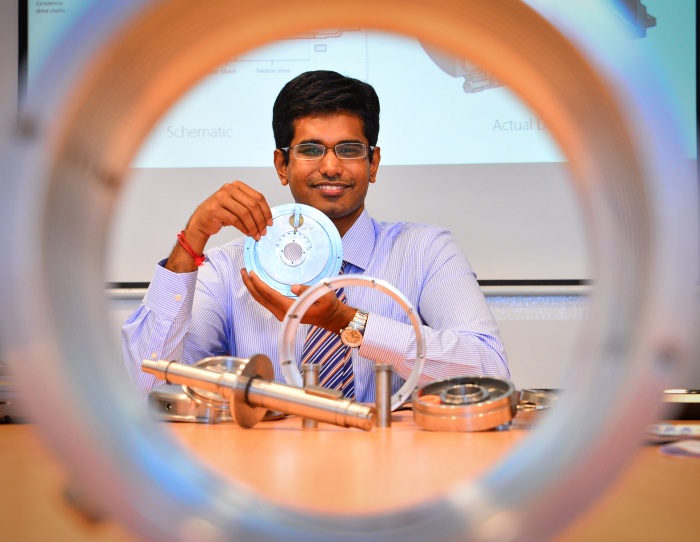A group of scientists from Nanyang Technological University and German Aerospace Center recently won the Best Originality Award in the TECO Green Tech international Contest for a 2-in-1 electric motor that promises to increase the range of electric vehicles (EVs) by a significant margin.
The team beat out 19 other entries from other universities, including Boston University, UCLA, and others from Europe, China, and Russia.

The engine they created integrates the traditional electric motor with the air-con compressor. Typically speaking, these are two separate units, but by combining them, the electric motor can be more efficient in powering the vehicle’s wheels, while the air-con compressor will use less power vis-à-vis the synergy between the engine and compressor, which can also tap on energy regenerated directly from the car’s brakes.
Additionally, the group’s novel, space-saving design allows for the use of bigger batteries.
Altogether, the range of EVs using this new 2-in-1 engine is expected to be roughly 15 to 20% more than those on the market today.
“The biggest challenge with electric cars in tropical megacities is the range that they can travel on a full-charge, because their batteries are needed to power both the engine and the air-conditioning,” explained Professor Subodh Mhaisalkar, Executive Director at Nanyang Technological University. “In tropical countries like Singapore, up to half the battery's capacity is used to power the air-conditioning system.”
Worth noting from a manufacturing standpoint, the group’s 2-in-1 engine also reduces the production costs for automobile manufacturers, as it requires less material than traditional electric motor models. Both the weight and size of the electric motor are reduced too, which creates more space for components to be added to the EV like, say, an auxiliary battery source.
Immediately speaking, the team is applying for a Proof-of-Concept grant in Singapore. Once they’ve completed the prototype, test bedding and refinements will be carried out at the German Aerospace Center, with goal being to get it to the point of being ready for commercialization.
Professor Mhaisalkar believes that by reducing the complexity involved with designing EVs, they’ve come up with a highly efficient solution that will lead to increased ranges for electric cars in general.
“With the global population of electric vehicles set grow rapidly to 20 million in 2020, a more efficient electric motor cum air-con compressor, will enable cars to travel further on a single charge,” he said. “This energy efficiency will in turn reduce overall greenhouse emissions and promote sustainable transportation solutions.”
Professor Mhaisalkar adds, “This integrated design solution for air conditioning will go a long way in reducing the range anxiety of drivers, reduce maintenance costs, and will save time and money for the driver.”
Advertisement
Learn more about Electronic Products Magazine





